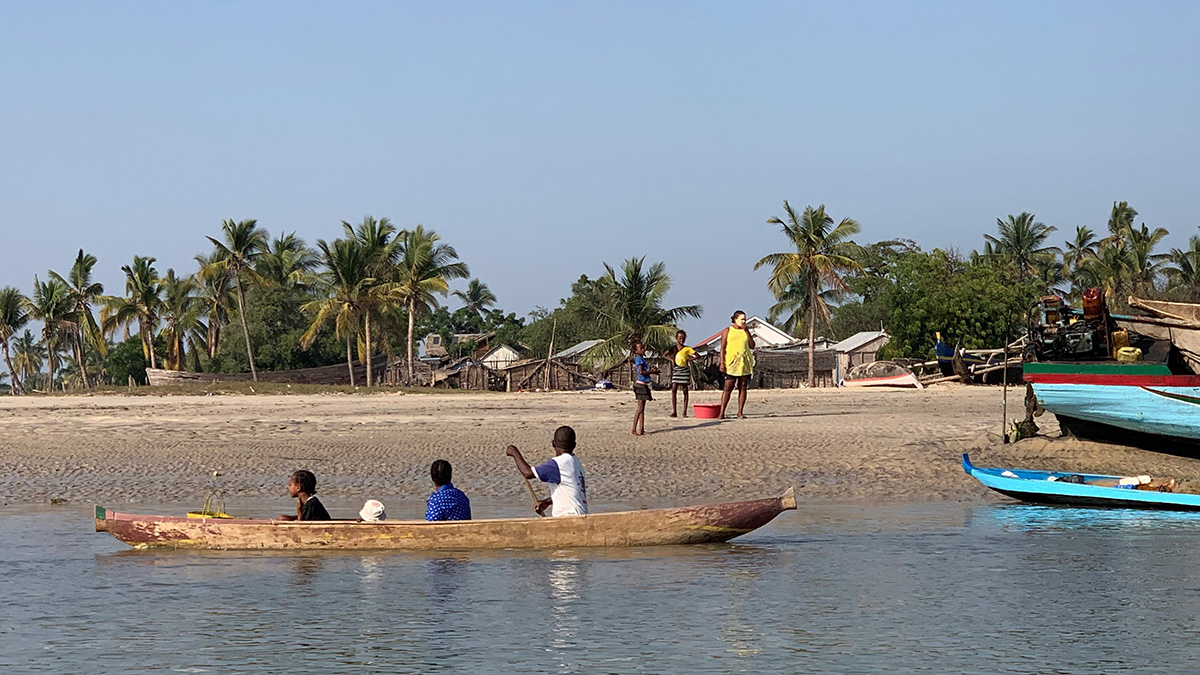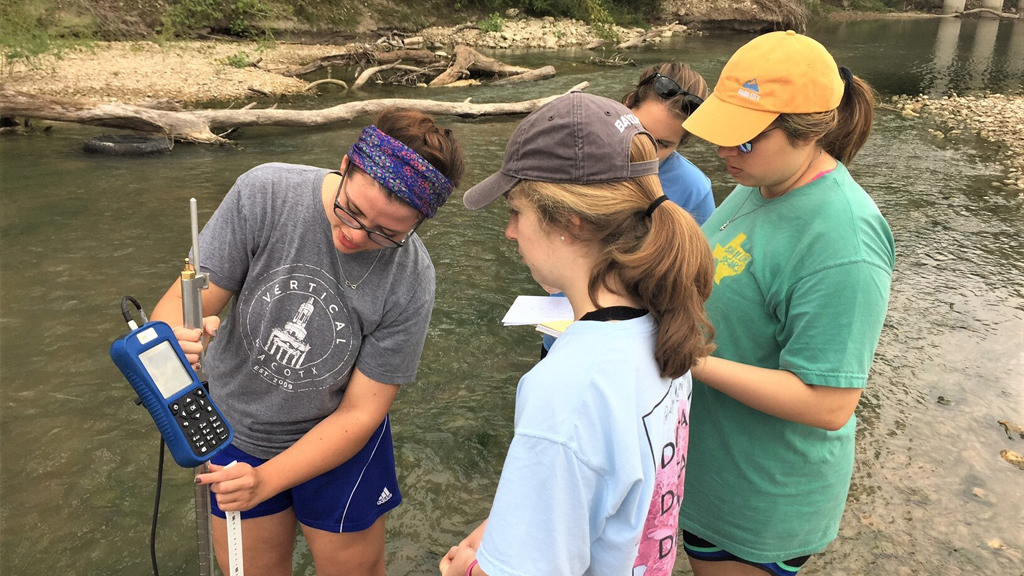Archive: Science Update: Citizen Science in Your Classrooms, March 10, 2022
Join Darlene Cavalier, Arizona State University/SciStarter, and Tara Cox, National Girls Collaborative Project/SciStarter, to learn about citizen science, a movement that enables people from all walks of life, including your students, to participate in real scientific research. We’ll take a closer look at Globe at Night and the science behind this classroom-ready citizen science project to measure local light pollution by observing the night sky.
Join Darlene Cavalier, Arizona State University/SciStarter, and Tara Cox, National Girls Collaborative Project/SciStarter, to learn about citizen science, a movement that enables people from all walks of life, including your students, to participate in real scientific research. We’ll take a closer look at Globe at Night and the science behind this classroom-ready citizen science project to measure local light pollution by observing the night sky.
Join Darlene Cavalier, Arizona State University/SciStarter, and Tara Cox, National Girls Collaborative Project/SciStarter, to learn about citizen science, a movement that enables people from all walks of life, including your students, to participate in real scientific research. We’ll take a closer look at Globe at Night and the science behind this classroom-ready citizen science project to measure local light pollution by observing the night sky.
Join Darlene Cavalier, Arizona State University/SciStarter, and Tara Cox, National Girls Collaborative Project/SciStarter, to learn about citizen science, a movement that enables people from all walks of life, including your students, to participate in real scientific research. We’ll take a closer look at Globe at Night and the science behind this classroom-ready citizen science project to measure local light pollution by observing the night sky.








